1944 year. The Second World War is coming to an end, and its outcome is already clear to everyone. The Yalta Conference was held, during which Stalin, Roosevelt and Churchill as a whole agreed on the future of the world for the coming decades. Huge spaces on the European mainland lie in ruins.
The forces of the warring countries are focused on the task of approaching the day of the final defeat of German Nazism and Japanese militarism. The rest of the Nazi allies are already defeated. And at this very time, on the financial front, there is an invisible battle, the significance of which at first not everyone understood.
Known as a ski resort, the American city of Bretton Woods (New Hampshire) suddenly became famous. Today, this geographical name is mentioned in any textbook on economics. The city has become a historical landmark. It is here that the Bretton Woods system is laid. The foundation was created for the functioning of all world (including currency) markets of the so-called free world.
Paris system
Any international monetary system is a special type of international agreement, in the terms of which the rules of interstate commodity-money circulation are prescribed. This is necessary in order to bring the national monetary units to some common denominator and establish a universal standard of material value.
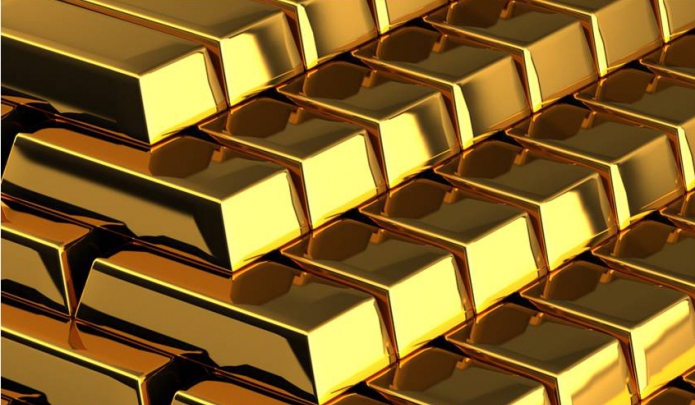
The first of the officially registered currency systems, Paris, was called to prevent the confusion when calculating export and import, which inevitably occurs when governments of different countries pursue an independent financial policy and print their own banknotes.
In fact, she de jure confirmed the order that all the leading world powers had already de facto reached as of the middle of the nineteenth century. The universal measure was gold. For this reason, the Paris system is called monetary-metallic. The attributes of gold coins, profiles minted on the reverse, and emblems on the obverse did not matter. Their weight was important, and it determined the value of a particular currency.
This system functioned successfully, but also had its drawbacks. Settlements in gold coins and bullion were not easy to carry out. At the household level, other flaws in the monetary circulation were manifested. When using them as a means of payment, natural wear and tear occurred, in other words, they simply wore off. Carrying a bag of gold (if it was, of course) was inconvenient and dangerous.
At the foreign economic theater, the Paris system was also not always convenient. Countries with mines and deposits automatically became rich, while the level of their development did not matter.
Transporting large sums by sea was an adventure. Increasingly, drafts were used, that is, bills of exchange.
The time of the collapse of the Paris currency system was World War I, after which the countries affected by the hostilities launched an unrestricted emission of the usual paper substitutes (banknotes and bank notes) for everyone, this time almost unsecured and cheaper by the hour. .
Genoa
That paper money crowded out of circulation coins from precious metals, it was clear long before the First World War. The only question was how to streamline the issue and encourage the participating countries to stop printing banknotes on the principle of "I’m not sorry, I’ll still draw." Only eight years after the end of the great massacre in the Italian city
Genoa gathered delegations from 29 countries and five British colonies, which had a large share of global gross production. It is noteworthy that representatives of the North American States did not participate in the conference, but only watched its progress. But the delegation of the USSR, headed by G. Chicherin, took an active position, taking the opportunity to identify the actual existence of the first proletarian state on the world map.
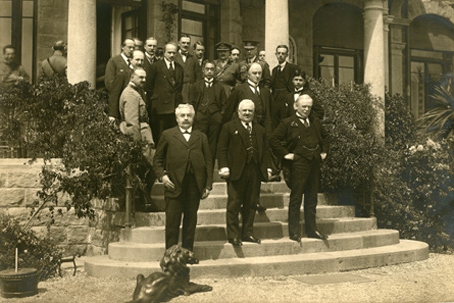
The result of the Genoese conference was the adoption of an agreement on a new monetary system, which was based on the so-called "mottos", that is, currencies with a specific gold content. This does not mean that their rates could not fluctuate relative to each other, but the gold monometallism, which replaced the standard, stabilized the situation in the markets and streamlined calculations, although not immediately. The Genoese system lasted until the end of World War II.
The initiators of the new system
The Bretton Woods system did not arise spontaneously, the initiator of its emergence was the representatives of the US business elite, aspiring to world hegemony in the post-war world. At that time, the American economy was at the peak of its development. World War I spun the flywheel of domestic production, which was already successfully growing thanks to the reforms carried out by President F. D. Roosevelt. Already by 1939 the consequences of the Great
Depression was largely overcome, military orders fostered industrial development, and food shortages, reaching hunger in Europe, spurred agriculture. The United States had every reason to claim the role of world economic leader. The Bretton Woods monetary system was designed to consolidate this position for many decades. But first, the International Monetary Fund was established. He began acting in 1947.
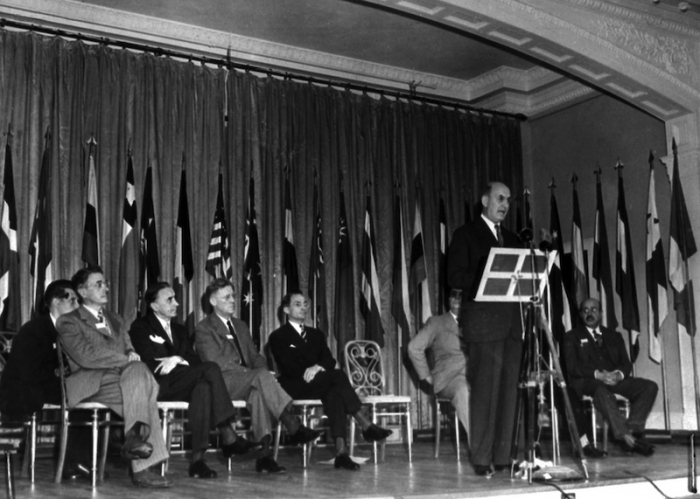
IMF
Superpowers, unlike ordinary citizens, like to lend money. Especially if you print them yourself. 44 countries became the founders of the International Monetary Fund, of which only the USA could be a financial donor. All of Europe has lined up for loans to improve the economic situation in countries affected by the war. Without these funds it was not possible to get out of poverty, the situation was in favor of the United States, and the American leadership competently took advantage of their preferences.
Like any sober-minded creditor, the IMF demanded guarantees for the repayment of borrowed funds, and therefore was vitally interested in their effective spending. In the event of difficulties, stabilization occurred in the form of the provision of additional loans to avoid default and collapse of national currencies. The economic situation in the IMF member countries has been closely monitored.
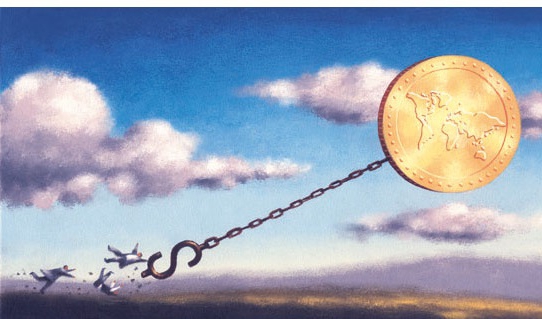
Gold dollar standard and other principles
Stability of the courses was the most important condition for the successful functioning of the “free market”. The Bretton Woods monetary system has set the gold exchange standard. The only stable monetary unit backed by the “yellow metal” at that time was the US dollar. For him, you could get about 0.89 grams of gold at any time. At its core, the standard was gold-dollar, rather than abstract gold.
American greenish rough papers became world money precisely after the war. At first, there were relatively few. In the reserves of all other countries of the world, they accounted for only 10%. For comparison, in pounds sterling national banks then saved about four times more often, and half was gold.
However, the dollar soon gained a dominant position. This was facilitated by many factors, in particular, the huge US gold reserve (three quarters of the world volume, or $ 20 billion), the excellent macroeconomic indicators of the USA in the second half of the 40s, and the hegemony of American goods in the world market, expressed in impressive positive foreign trade balance.
What is good about devaluation
Devaluation, that is, a depreciation of the national currency, is usually regarded as a symptom of a disadvantage in the economic situation. But this phenomenon has its own plus.Imported goods, of course, are becoming more expensive, but exporting is becoming a profitable business, and the foreign trade balance is aligned in favor of the “victim”. Another positive aspect of the devaluation is that the so-called “fast money” begins to flow into the country. Domestic costs are reduced, there is an incentive to produce goods here, and not where the currency is expensive, and the volume of foreign investment is increasing.
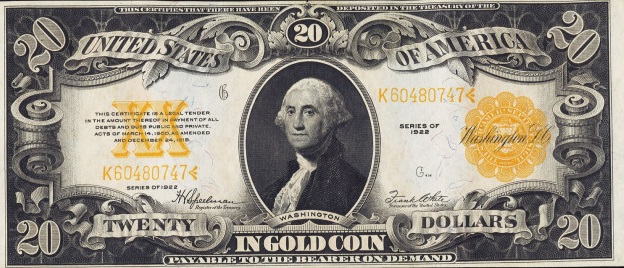
The creators of the Bretton Woods system, whose principles were based on market mechanisms, understood the danger of such a development of events. They had at their disposal not only a “stick” (that is, the possibility of refusing lending and other sanctions measures), but also a “carrot”, that is, a willingness to always come to the rescue of those who complied with the rules. Allowed even a certain flexibility in establishing exchange rates.
Obligations of the parties
Obtaining an IMF loan, IMF member countries committed themselves to maintaining their currency in such a way that its fluctuations did not exceed one percent of the ratio set to the US dollar through the gold content. The Bretton Woods world system allowed in exceptional cases to bring this figure up to 10%, but if the threshold was exceeded, the perpetrators could suffer IMF sanctions. Regulation tool were currency interventions. To implement them, dollars were needed again. The Federal Reserve willingly sold them.
How the Bretton Woods system worked in the early years
In the second half of the forties, the US economy had bright prospects. Almost all countries that took part, active or passive, in the war suffered one way or another. The enterprises of Germany, Great Britain, France, Belgium, Austria and other countries of Western Europe needed time to rebuild production to produce peaceful goods. There was not enough food, hygiene items, cigarettes, clothes, and in general everything necessary.
Eastern Europe was influenced by the communist political system, in which the restoration of the economy was accompanied by fundamental ideological changes and Sovietization. In addition to the purely economic tasks, the Bretton Woods system was to show the opportunities and superiority of the free market. The Marshall Plan came into play, which in a sense became a necessary measure designed to help boost the European economy.
US global interests find themselves in a situation of internal conflict. On the one hand, in case of activation of European producers, the American export potential decreased. But if you look at this question more broadly, it turns out that the impoverishment of the broad masses created the risk of the coming to power of the Stalinist forces, moreover, in a peaceful and democratic way. This President Truman could not allow.
World events
Since the beginning of the fifties, European economies began to experience a recovery. The dollar continued to hold leading positions, all other world currencies were equal to it. The unlimited trust in the American currency, based on its guaranteed gold supply, seemed unshakable. At the same time, the expenses that the United States was forced to bear in the process of confronting communism became more and more. In 1949, the PRC was formed.
"Red China" was another headache for Uncle Sam, who lost control of a vast territory with a gigantic population. Literally a year later, the Korean War began, in which volunteers from the new socialist country took part (there were a lot of them), armed with Soviet equipment (it was very good, and there were a lot of it too). The United Nations formally united forces opposed this armada, but the obvious fact was that the United States bore the main burden, including financial.
The fall in foreign trade turnover has not yet affected the general condition of the dollar, the entire Bretton Woods world system has supported it, but the increase in expenditure items has forced the Federal Reserve to turn on the printing press at full speed.
As the economic situation of Britain, Japan, and many European countries improved, a need arose to regulate exchange rates. The main tool at the same time was foreign exchange intervention. If it was required to lower the rate of the national currency against the dollar, it was required to be offered on the market in large volumes. The appreciation required a reverse measure, selling dollars.
The change in gold-coin parities towards revaluation was, as a rule, reluctant, as it led to a deterioration in the competitiveness of manufactured goods. The devaluation was more in line with the national interests of the countries in which the Bretton Woods world monetary system operated. In Britain and Italy it was carried out five times almost simultaneously (in 1964, 1967, 1969, 1972 and 1974), in West Germany three times (1961, 1967, 1969), and in France twice in ten years (1957 and 1967). Weak economies avoided this measure, mainly for reasons of international prestige.
The increase in capital flows, the development of foreign exchange markets and other factors clearly indicated the impending crisis of the Bretton Woods monetary system.
French incident
The disproportionality of the volume of cash dollars released into circulation and exported abroad with the economic situation in the United States could not go unnoticed by financial analysts. The first bell rang in 1965. For some reason, President De Gaulle suddenly remembered that the Bretton Woods system gives a guarantee of exchange for gold at a ratio of $ 35 per gram. The foreign exchange reserve of France contained about a third of a billion (at that time the amount was astronomical).
The general situation with the ability to fulfill obligations was difficult. There was a space race, the Americans wanted to land on the moon. The difficult, dirty and very expensive Vietnam War continued. The US Treasury Department tried to hint that the requirement to exchange such a significant amount at such a moment is a step, to put it mildly, unfriendly, but De Gaulle was adamant, he, you see, he trusted metal more than pieces of paper.
The dollars were exchanged, but the French president paid for it. Soon student unrest began, growing into a full-scale rebellion. Technology riots were already developed then. Soon De Gaulle was forced to resign. But it became clear to everyone that the collapse of the Bretton Woods system was just around the corner.
Borrowing rights
As the U.S. foreign trade balance declined, confidence in the dollar fell. To smooth out the growing contradictions, the IMF decided to use a mechanism whereby Special Drawing Rights became a conditional means of payment, a special currency that, unlike the US dollar, does not have gold, but is formally equal in value. This currency surrogate was used for offsetting debts between central banks of the IMF member countries. The crisis of the Bretton Woods system was gaining momentum, and if all countries with a dollar reserve presented these funds for payment in gold, then in the mid-sixties it would simply not be enough.
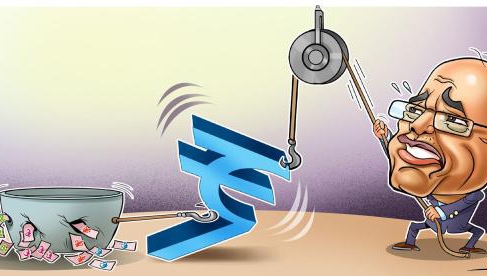
the end
In 1971, violations of the terms of the Bretton Woods Agreement began. All circumstances spoke of the imminent devaluation of the main world currency, it was expected. The first to stand the European allies of the United States - Belgium, Holland and West Germany. These countries introduced a floating rate, which was determined by supply and demand in the foreign exchange markets. Japan stayed longer, almost until September 1971, but in the end, too, let the yen go along the quotation waves.
Since in fact the dollar could no longer be freely exchanged for gold (De Gaulle's example was well remembered), the so-called “dollar standard” was introduced. The devaluation finally happened, the rate rose to $ 38 per troy ounce but it was clear that this figure was very arbitrary. All these processes took place within the framework of the recently concluded Smithsonian agreement between the ten leading capitalist countries. The EEC countries have taken protective measures by agreeing on the maximum amount of fluctuations in the exchange rates of their currencies no more than one second from the dollar margin (at that time the term “Snake in the Tunnel” appeared).
After the introduction of the floating pound rate in the UK in 1972, the Bretton Woods system was de facto and legally abolished. An ounce of gold at that time was already worth more than 42 dollars.
Jamaica!
And then what? In the mid-70s, a new monetary system called the Jamaican arose. There were no more standards and parities. What did the world financial bigwigs agree on an exotic island?
All currencies were divided into three groups. Freely convertible (in the USSR they even came up with the abbreviation "hard currency") are considered the most "solid", their rates should fluctuate within 1%. Conditionally convertible currencies are not so strict requirements, up to two and a quarter. The rest of the money floats freely; they, according to the authors of the system, are of little interest to anyone. The Jamaican system marked the beginning of a situation in which, as one of the leading economists put it, un-grown wheat is sold for unprinted money.
But this is another story, modern.








